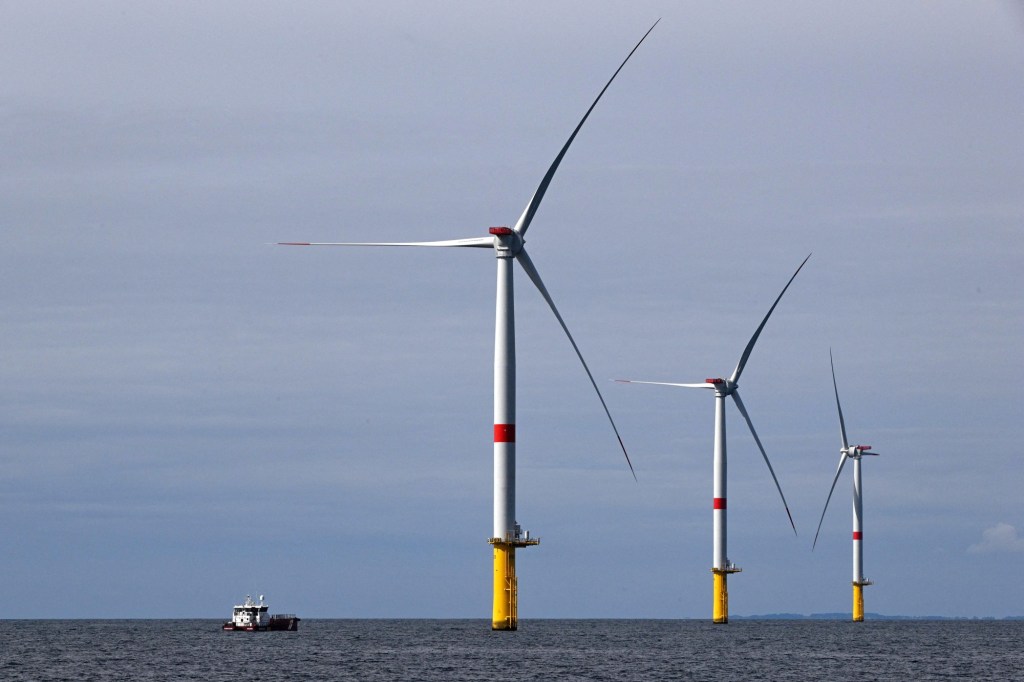In the face of mounting climate challenges, clean energy offers long-term economic, environmental and health benefits. California seems ready to capitalize on these benefits, with promising proposals underway for wind power off our coasts. Yet campaigns of sensationalism and climate denial, perpetuated by the fossil fuel industry, risk derailing us on our path to a sustainable energy future.
Fortunately, the clean energy transition is gaining momentum. New federal data shows that wind and solar energy — due to coal plant retirements and the growth of renewable energy — have generated more power than coal in 2024. Public support for clean energy is at an all-time high, and a 2020 poll showed that over 80% of U.S. voters support offshore wind. It’s no wonder, then, that just last week the California Public Utilities Commission (CPUC) approved the purchase of 7.6 gigawatts of offshore wind capacity (which would produce the same amount of energy as roughly 22 million solar panels) by 2037.
This is great news for the disadvantaged communities living with gas plants in their backyards. Methane-powered gas plants not only emit climate-warming greenhouse gasses, but also nitrous oxides, which are linked to respiratory illness, asthma, heart disease and premature death. Building out offshore wind (and eventually reaching 100% renewable energy) will allow us to finally retire these polluting methane gas plants and dramatically reduce these health issues.
Nevertheless, there is a looming threat to a successful transition to clean energy: groups that argue against offshore wind and battery projects by capitalizing on sensationalist, right-wing disinformation. It’s something that has become all too familiar in our modern politics, especially in an election year: inflammatory claims and cherry-picked data that deny the reality of climate change.
Case in point: Claims have circulated that offshore wind turbines lead to whale deaths. While we agree that any large-scale developments should be closely monitored for potential impacts to ecosystems and wildlife, we have yet to see a link between offshore wind and whale deaths. And both the Bureau of Ocean Energy Management and the National Oceanic and Atmospheric Administration state that they are unaware of any actual evidence that offshore wind development causes whale fatalities.
Back in reality, climate change continues to be one of the greatest long-term threats to whale populations. An unprecedented marine heatwave from 2012-2021 in the north Pacific decimated the food chain, leading to the deaths of an estimated 7,000 humpback whales. While we need to continue monitoring and collecting data to best avoid and mitigate the impacts of offshore wind to marine life, our failure to rapidly reduce carbon emissions is the primary threat to whale populations along the entirety of California’s coastline.
It’s critical that offshore wind development be responsibly sited. And these projects must include guardrails to protect marine life, meaningfully engage with tribes throughout the planning and buildout process and deliver benefits for portside and other historically polluted communities. That being said, clean energy projects are a critical conservation method to ward off climate catastrophes for wildlife and the entire biosphere.
For these reasons, we must resist disinformation campaigns that sensationalize and distort the impacts of renewable energy development. We must ensure that the CPUC follows through on its commitment to procure 7.6 gigawatts of offshore wind energy by 2037. And we must go from there to ambitiously deploy even more clean energy to power our lives. The cost of not building is several orders of magnitude greater than the potential negative impacts.
Jim Miers is chair of the Climate and Clean Energy Committee of the Sierra Club Santa Lucia Chapter.
